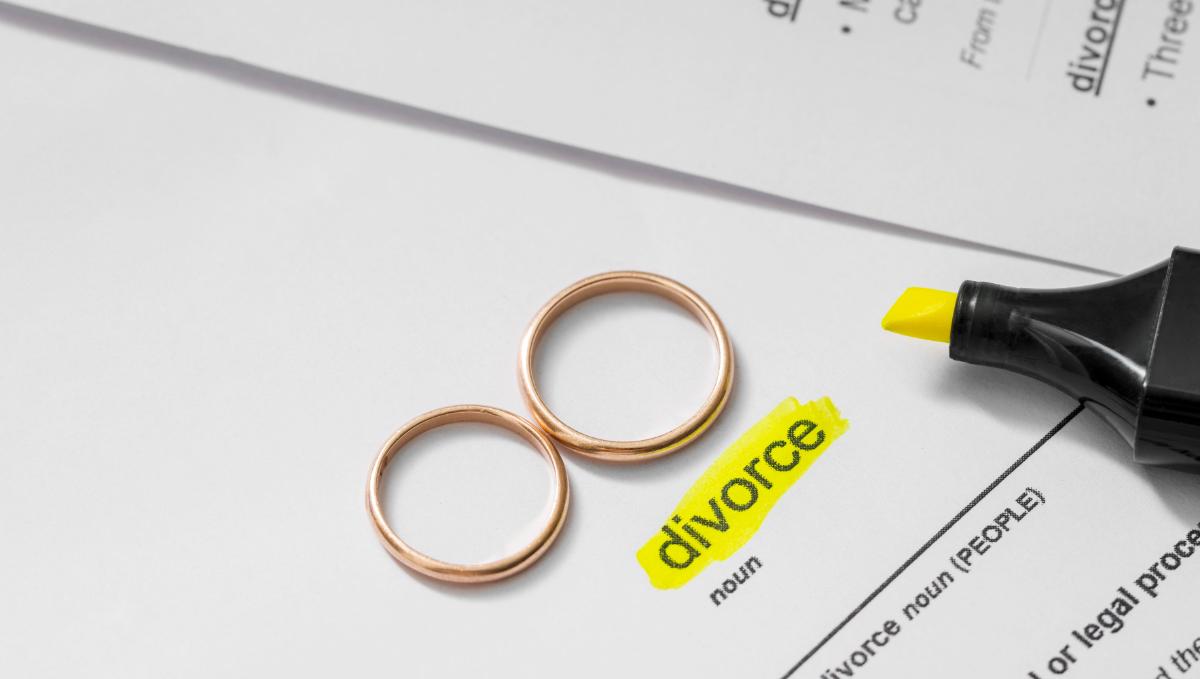In Australia, the person who files for divorce — known as the applicant — is responsible for paying the initial court filing fee to the Federal Circuit and Family Court of Australia. However, this does not mean they must cover all expenses related to the divorce. Under the Family Law Act 1975 (Cth), each party generally pays their own legal costs unless the Court decides otherwise.
In some cases, such as financial imbalance or unreasonable conduct by one spouse, the Court may order one party to pay or reimburse part of the other’s expenses. This ensures the process remains fair and accessible, regardless of financial position.
Legal Framework Governing Divorce Costs
All divorce proceedings in Australia are governed by the Family Law Act 1975 (Cth) and the Federal Circuit and Family Court of Australia (Family Law) Rules 2021.
Under section 117 of the Act, the general rule is that each party bears their own legal costs unless the Court determines that one should contribute to or pay the other’s expenses.
The Court exercises discretion in awarding costs where:
- One party has acted unreasonably, obstructively, or in bad faith.
- There is a significant disparity in financial resources.
- The proceedings were prolonged unnecessarily.
- One spouse caused avoidable litigation through non-disclosure or refusal to cooperate.
This approach ensures that financial burden aligns with fairness and procedural integrity.
Typical Divorce-Related Costs in Australia
Divorce expenses generally fall into three categories:
1. Statutory Court Fees
- Divorce application filing fee: approximately $1,060
- Reduced fee (for concession holders): around $350
These are payable directly to the FCFCOA at the time of filing.
2. Legal Representation and Professional Fees
- Straightforward divorce (no disputes): $1,500 – $3,000
- Contested matters (property, children, or complex service): $5,000 – $20,000+
3. Service and Administrative Costs
- Process-server or affidavit of service fees;
- Title searches, property valuations, and other evidentiary documents.
In a joint application, these costs are usually shared equally. In a sole application, the applicant initially bears the filing and service costs, though recovery may later be sought through a cost order.

When Can One Spouse Be Ordered to Pay the Other’s Legal Fees?
A spouse can be ordered to pay the other’s legal fees when the Court determines it is just and equitable to do so under section 117(2) of the Family Law Act 1975 (Cth). This usually happens when one party has significantly greater financial resources or when their behaviour has unreasonably increased the cost of proceedings.
For example, the Court may require one spouse to pay the other’s legal fees if:
- There is a clear financial disparity, and one spouse lacks access to marital funds to defend or pursue the case;
- One party has deliberately delayed, obstructed, or refused settlement negotiations, resulting in higher costs;
- Misconduct or non-disclosure of assets has prolonged the litigation; or
- Family violence or coercive control has limited the other party’s ability to pay for representation.
In these circumstances, the Court’s order is not intended to punish but to restore balance and fairness, ensuring both parties can participate equally in the divorce process.
Legal Aid and Financial Assistance Options
Applicants facing financial difficulty can access Legal Aid Commissions in each state or territory.
Services may include:
- Advice on divorce and property settlement rights
- Assistance preparing and filing applications
- Representation in court for eligible individuals.
Eligibility depends on income, assets, and case merit. Community Legal Centres and pro bono family-law programs also provide guidance to applicants who cannot afford private representation.
Contested vs Uncontested Divorce: Cost Implications
Before examining who ultimately pays for divorce-related expenses, it’s important to understand that the nature of the divorce itself — whether contested or uncontested — plays a major role in determining the overall cost. The level of agreement between spouses directly affects filing complexity, time spent in court, and the need for legal representation. This distinction forms the basis for how financial responsibility is assessed.
Uncontested Divorce
- Filed jointly, minimal disputes.
- No hearings required unless children are involved.
- Predictable cost and faster resolution.
Contested Divorce
- Disagreement on separation, parenting, or financial issues.
- Requires multiple court attendances and detailed affidavits.
- Significantly higher legal costs due to evidence preparation and advocacy.
Where possible, the Court encourages mediation or Family Dispute Resolution (FDR) to minimise litigation and expense.

Divorce Costs for Low-Income Earners and Primary Carers
Australian family-law policy recognises economic vulnerability after separation. Accordingly:
- Low-income earners can apply for fee reductions and legal-aid funding.
- Stay-at-home parents or financially dependent spouses may seek cost orders or interim maintenance to cover legal fees.
The Court considers each party’s access to financial resources and their reasonable capacity to pay.
Property-Settlement Costs and Financial Responsibility
While divorce ends the marriage, property division and spousal maintenance are separate legal processes.
Costs arise from:
- Independent valuations and superannuation assessments
- Negotiations and consent-order drafting
- Expert advice (accountants, actuaries, or financial planners).
These expenses are usually borne individually unless a costs order redistributes them in the interests of justice.
For complex cases involving asset disclosure, parenting disputes, or spousal maintenance, finding a good family lawyer early can significantly reduce both financial and procedural risks.

Frequently Asked Questions
Even with clear legal principles under the Family Law Act 1975 (Cth), questions about divorce costs are among the most common concerns for separating couples. To clarify how fees, legal expenses, and court orders are applied in real-world scenarios, the following Frequently Asked Questions address the most practical and commonly misunderstood aspects of who pays for divorce in Australia.
Who is legally responsible for paying divorce costs in Australia?
Each party typically pays their own legal fees. However, under section 117 of the Family Law Act, a court can order one spouse to contribute to or cover the other’s costs if fairness demands it.
Can a spouse be ordered to pay the other’s legal fees?
Yes. The Court may issue a costs order when financial disparity or unreasonable conduct makes it just to shift expenses.
What are the average legal costs for divorce?
For straightforward cases, expect around $2,000 – $3,000. Complex or contested divorces involving property or parenting issues can exceed $15,000 – $30,000.
Are there legal-aid options for divorce?
Yes. State Legal Aid Commissions and community legal centres offer free or subsidised legal assistance for eligible applicants.
What determines whether costs are shared or reimbursed?
Courts assess each party’s conduct, cooperation, and financial means. Reimbursement is common where one spouse has caused unnecessary delay or withheld disclosure.
How can costs be reduced?
Filing jointly, using mediation, and obtaining early professional advice are the most effective ways to minimise financial exposure.
Conclusion
The question of who pays for divorce in Australia is ultimately governed by principles of fairness and judicial discretion. Although each party generally bears their own costs, courts intervene when one spouse is disadvantaged or litigation conduct warrants cost adjustment.
Early legal consultation is critical to manage financial exposure and ensure compliance with procedural requirements.
Through LegalFinda, separating couples can connect with specialist family lawyers experienced in cost-sharing applications, legal-aid funding, and equitable divorce settlements — ensuring lawful, efficient, and fair outcomes.

LegalFinda Editorial Team
The LegalFinda Editorial Team is composed of qualified Australian solicitors, legal researchers, and content editors with experience across family, property, criminal, and employment law.
The team’s mission is to translate complex legislation into clear, reliable guidance that helps everyday Australians understand their legal rights and connect with the right lawyer.



